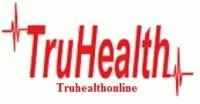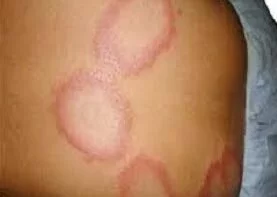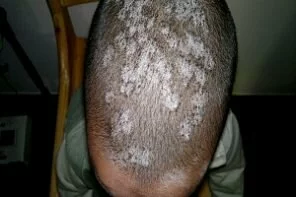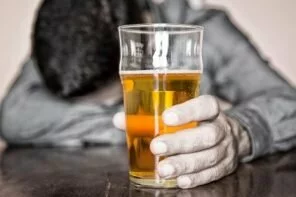Child abuse is an act by parents or caregivers which endangers a child or young person’s physical or emotional health or development. Child abuse can be a single incident, but usually takes place over time.
Abused children come from all levels of society, although most abused children who are reported to authorities are from families where there is high mobility, a lack of education, loneliness, poverty, unemployment, inadequate housing or social isolation.
With physical abuse, emotional abuse and neglect, boys are somewhat more at risk than girls. However there are more girls sexually abused than boys. Abuse may be directed at only one child in the family.
Children can be abused at any age. Some children are more at risk of abuse, e.g. under 2 years of age and children with disabilities. Many adolescents are victims of child abuse and neglect. Sometimes abuse commences during adolescence as parents may experience difficulties in dealing with the adolescent’s behaviour and desire for independence.
Abuse is harmful to children. Children may experience a range of emotional, psychological and physical problems and trauma as a result of being abused or neglected.
All forms of abuse are likely to result in emotional problems for the child, in particular, a lack of self-esteem and distrust of adults. The longer the abuse goes on, the more serious are the effects. Abused and neglected children are more likely than other children to be self-destructive or aggressive, to abuse drugs and/or alcohol, or become young offenders or “street kids”. In some situations abuse and neglect may result in permanent physical damage.
In the longer term, adults who have been abused as children are also more likely to abuse their own children and often experience difficulties in forming satisfactory relationships with other adults.
Treatment and counseling services for children who have been abused assist in working through the trauma and in reducing the effects of the abuse. The most serious effects are likely to occur when no one takes action to stop the abuse and to protect the child.
The common types of child abuse are discussed in further details:
1. Physical abuse
Physical abuse occurs when a child suffers or is likely to suffer significant harm from an injury inflicted by a child’s parent or caregiver. The injury may be inflicted intentionally or may be the inadvertent consequence of physical punishment or physically aggressive treatment of a child. The injury may take the form of bruises, cuts, burns or fractures.
2. Sexual abuse
Sexual abuse occurs when a person uses power or authority over a child to involve the child in sexual activity and the child’s parent or caregiver has not protected the child. Physical force is sometimes involved. Child sexual abuse involves a wide range of sexual activity. It includes fondling of the child’s genitals, masturbation, oral sex, vaginal or anal penetration by a penis, finger or other object, or exposure of the child to pornography.
3. Emotional abuse
Emotional Abuse occurs when a child’s parent or caregiver repeatedly rejects the child or uses threats to frighten the child. This may involve name calling, put downs or continual coldness from the parent or caregiver, to the extent that it significantly damages the child’s physical, social, intellectual or emotional development.
4. Child Neglect
This is also a form of child abuse, Neglect is the failure to provide the child with the basic necessities of life such as food, clothing, shelter, medical attention or supervision, to the extent that the child’s health and development is, or is likely to be, significantly harmed.
5. Child labour
A child is not expected to work for money until the age of 15 years which the writer thinks should actually be moved to 18 years. However a lot of children under 15 years in a country like Nigeria work as hawkers, beggars and even as artisans.
Some children of school age have to do some of these even before going to school in the morning, such children are wards not biological children; the biological children are exempted.
This is child abuse
6. Foetal abuse
This is one type of child abuse that is readily ignored, abuse of the unborn baby in the womb.
There are some Don’ts for women during pregnancy; these include Smoking, Alcohol intake, Fasting, Caffeine, Hard Drugs, Inadequate Ante- natal care and Use of some medications. When a pregnant woman does any of these, she is abusing the child; they all have harmful effects on the helpless child.
These could be in form of birth defects, low birth weight, anaemia, withdrawal syndromes etc.
Also Read Health Complications of Heat.




